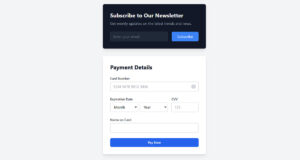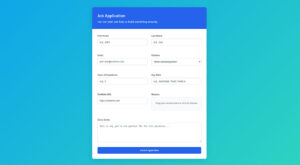Tailwind CSS has revolutionized how we create and style forms. Its utility-first approach offers a seamless way to build and customize form elements, making the task of front-end development more…
Table of Contents
Your website’s forms can make or break your conversion rates. Poor form design drives visitors away, while well-crafted forms turn browsers into customers.
Website form examples demonstrate how successful businesses capture leads, collect feedback, and drive conversions through strategic design choices. From simple contact forms to complex multi-step applications, each form serves a specific purpose in your marketing funnel.
This guide showcases real-world form examples across different industries and use cases. You’ll discover how companies like Ivyforms, Typeform, HubSpot, and Mailchimp design their forms for maximum engagement.
Learn practical techniques for:
- Creating high-converting lead generation forms
- Designing user-friendly registration forms
- Building effective feedback forms that people actually complete
- Implementing mobile forms that work seamlessly across devices
By studying these proven examples, you’ll understand what separates amateur forms from professional, conversion-focused designs that deliver results.
Website Form Examples
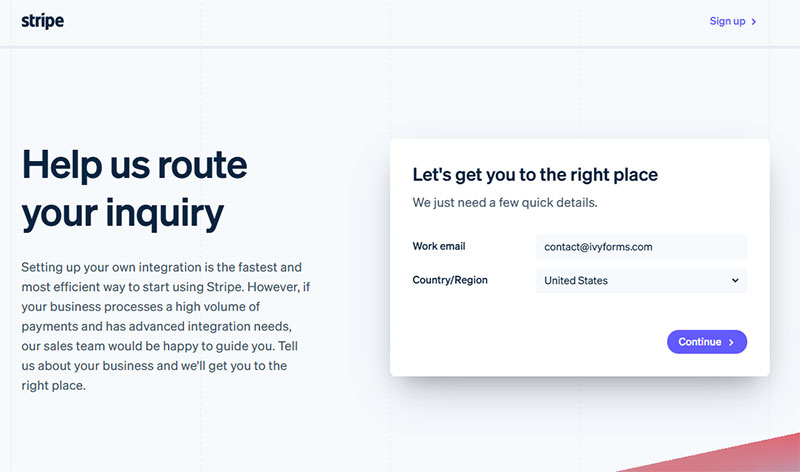
Image source: stripe.com

Image source: square.com
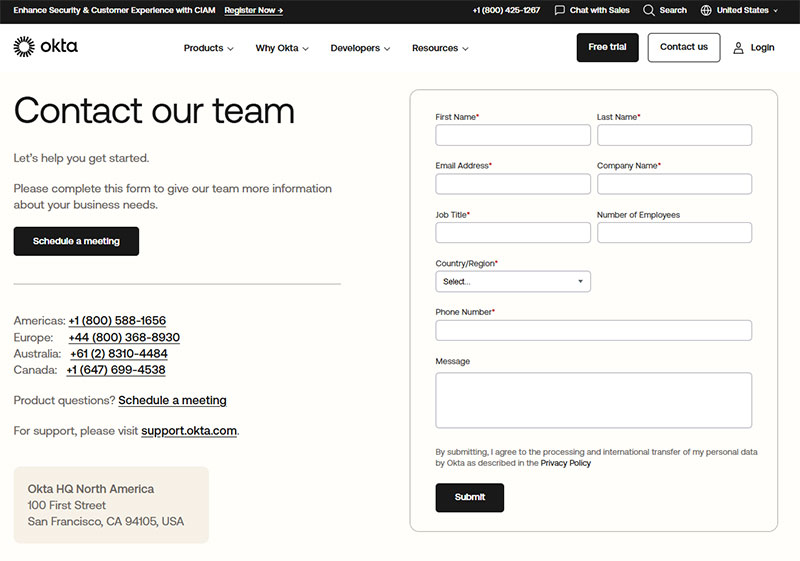
Image source: okta.com
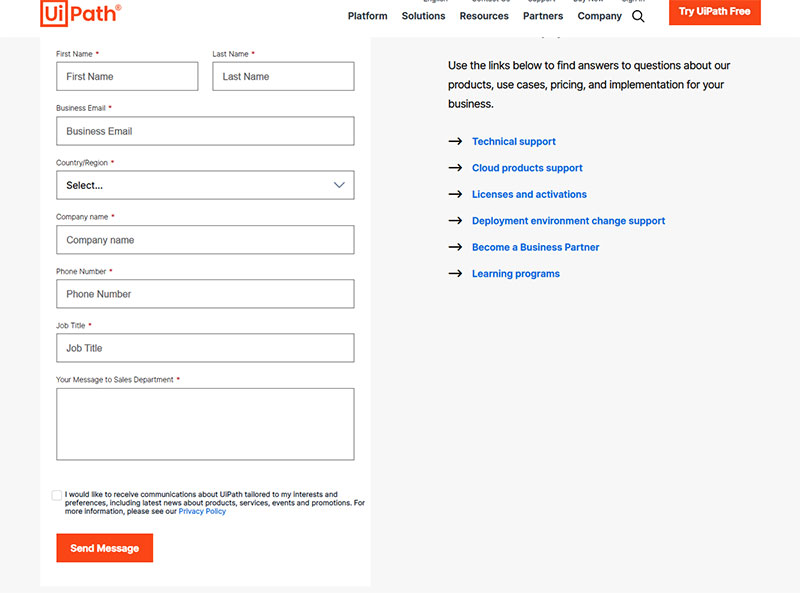
Image source: uipath.com
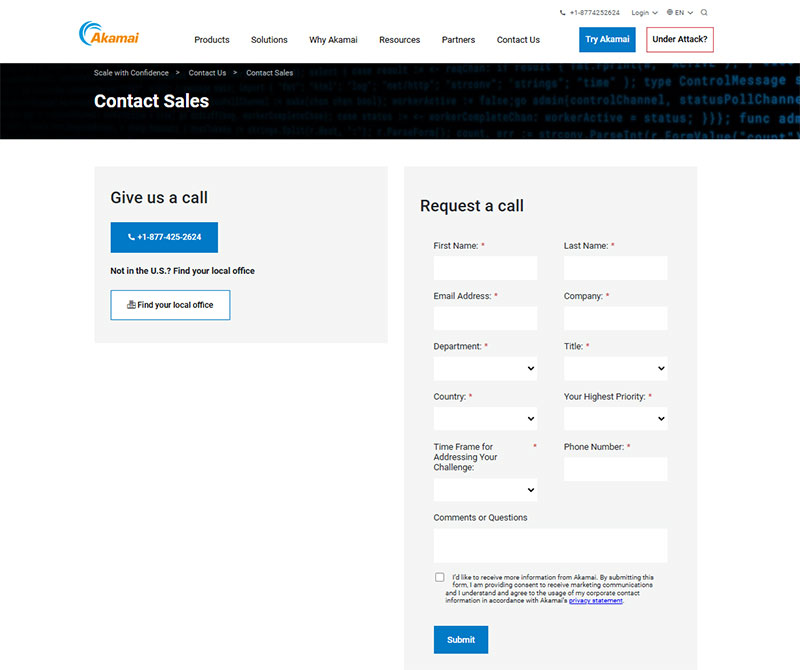
Image source: akamai.com
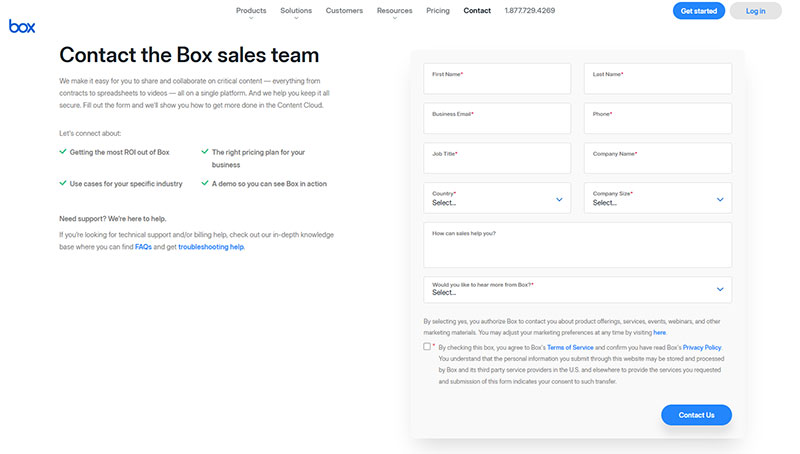
Image source: box.com
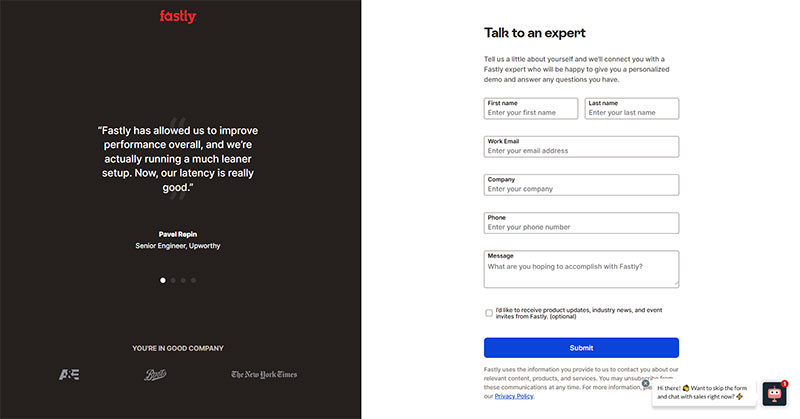
Image source: fastly.com
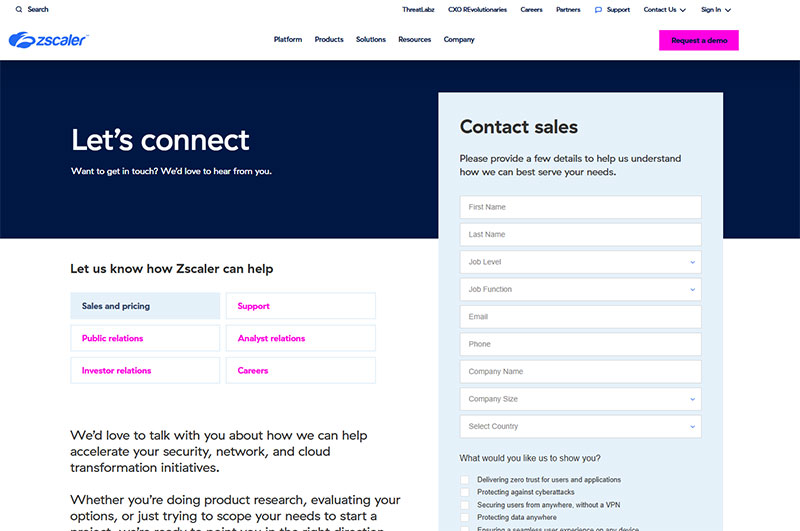
Image source: zscaler.com
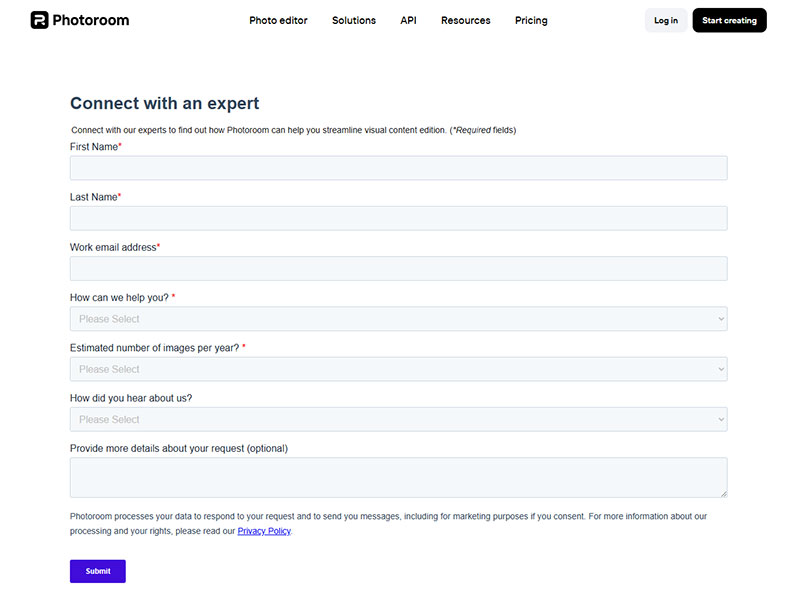
Image source: photoroom.com
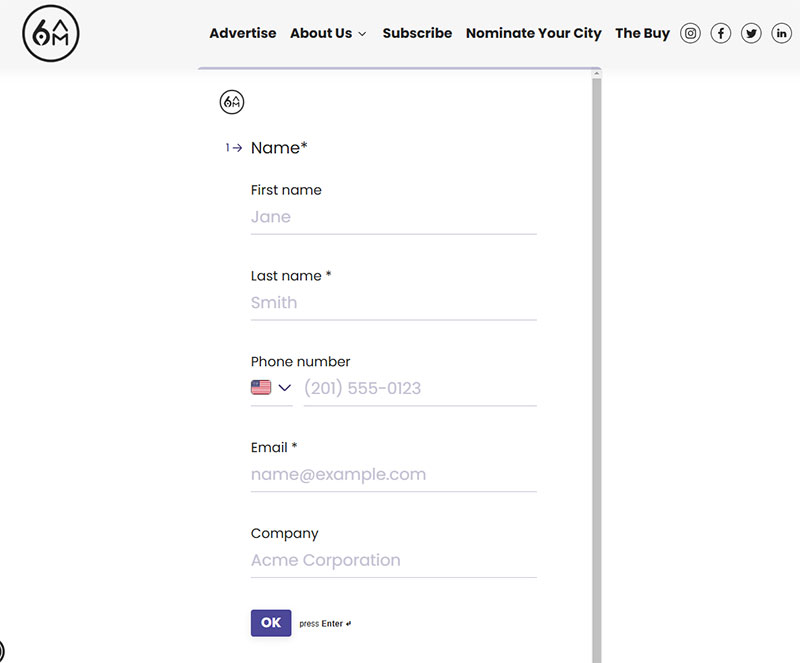
Image source: 6amcity.com
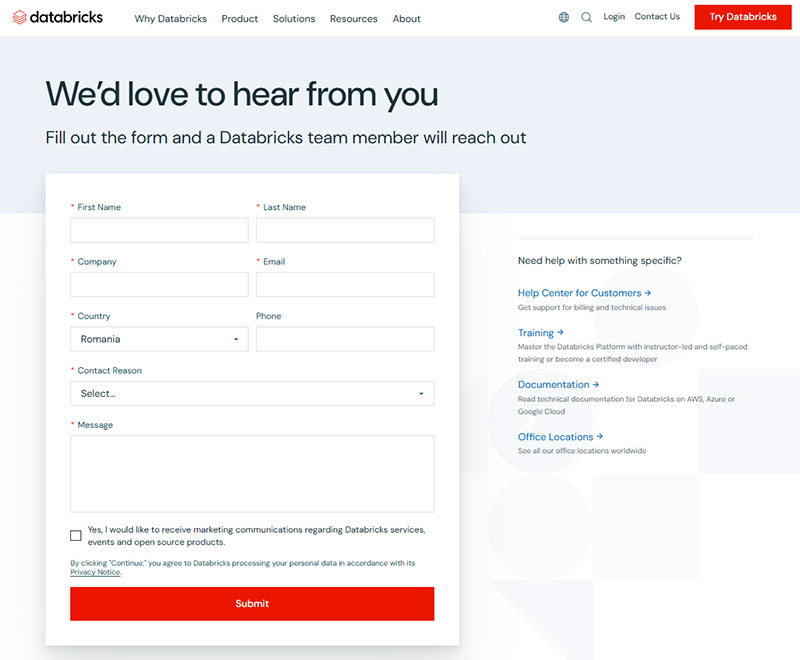
Image source: databricks.com

Image source: avoma.com
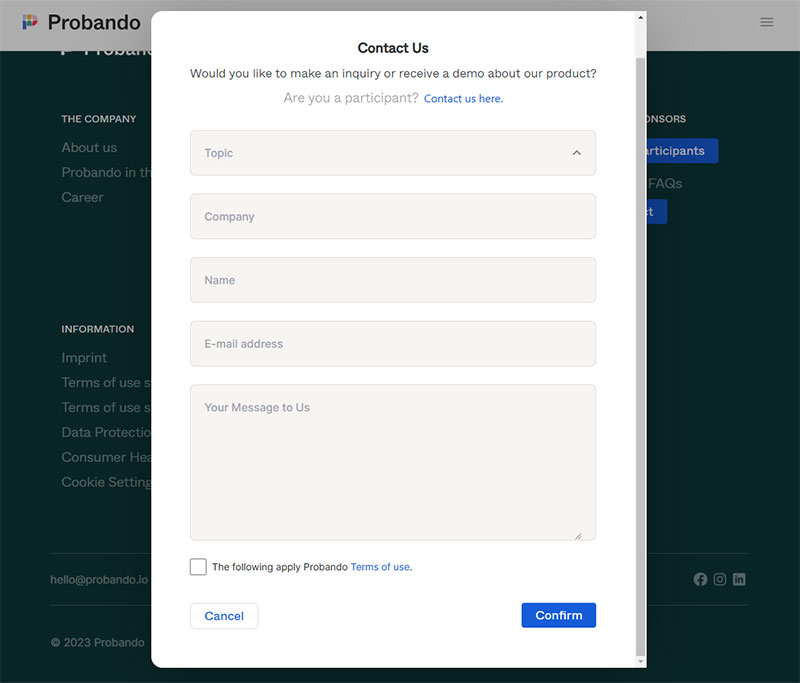
Image source: probando.io
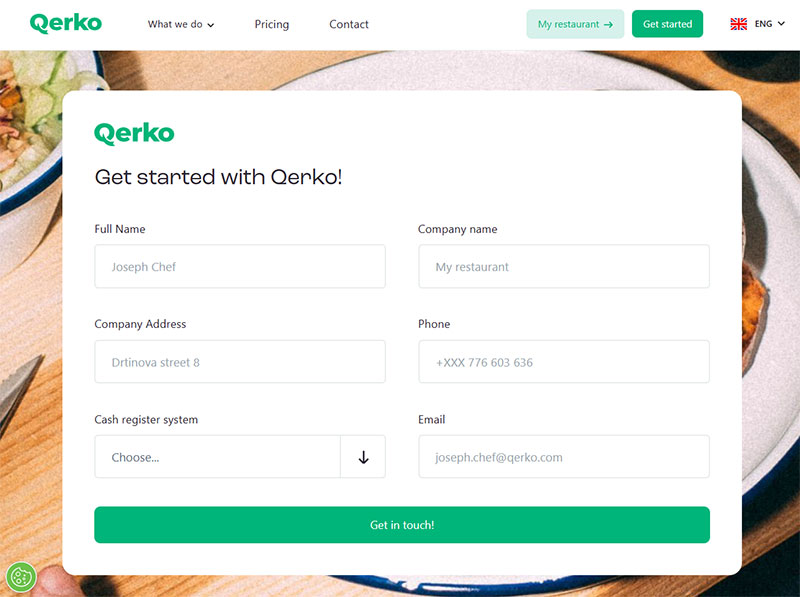
Image source: querko.com
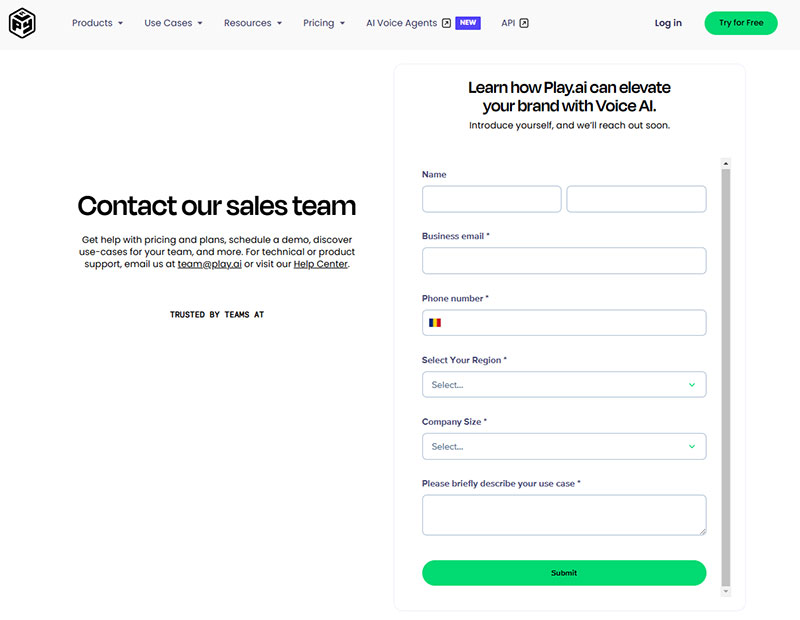
Image source: play.ht

Image source: logrocket.com
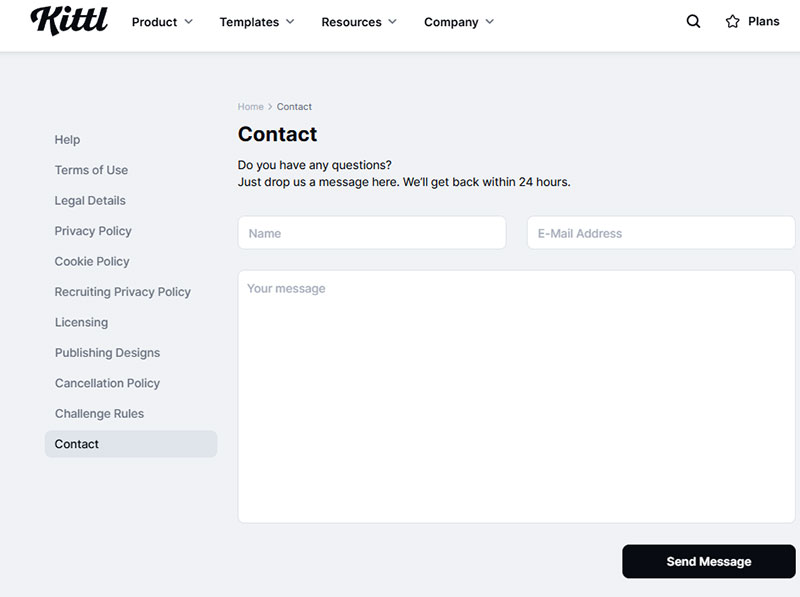
Image source: kittl.com
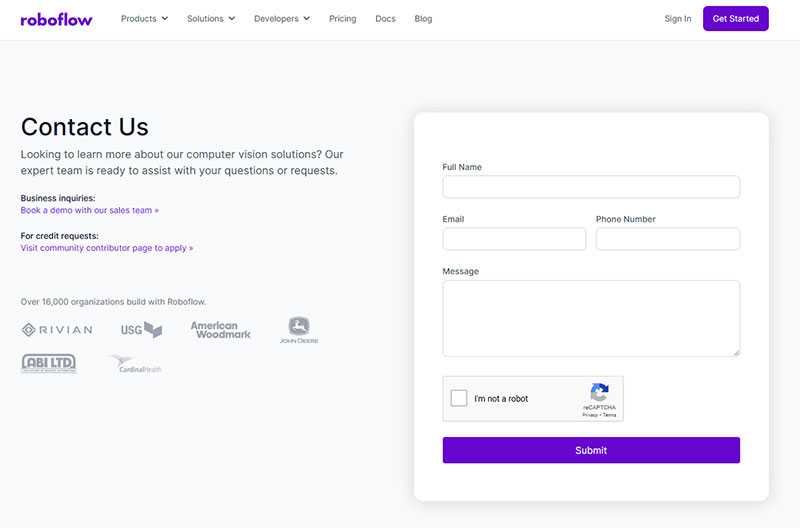
Image source: roboflow.com
FAQ on Website Forms
What makes a good website form design?
Good form design focuses on user experience and conversion optimization. Keep fields minimal, use clear labels, and ensure mobile forms work perfectly. Typeform and JotForm excel at creating intuitive layouts that reduce form abandonment rates significantly.
How many fields should a contact form have?
Limit contact forms to 3-5 essential fields maximum. Name, email, and message are core requirements. Adding phone numbers or company details can reduce conversion rates by 20-30%. Test different field combinations to find your optimal balance.
What are the best practices for lead generation forms?
Effective lead generation forms use compelling headlines, minimal fields, and strong calls-to-action. HubSpot and Leadpages demonstrate how strategic placement and design choices can double conversion rates through A/B testing.
Should I use multi-step forms or single-page forms?
Multi-step forms work better for complex applications or surveys. Single-page forms suit simple lead capture scenarios. Gravity Forms and Formstack both offer excellent examples of when each approach works best.
How do I make forms accessible to all users?
Form accessibility requires proper labels, keyboard navigation, and screen reader compatibility. Use high contrast colors, descriptive error messages, and logical tab order. GDPR compliance also demands clear consent mechanisms for data collection.
What’s the ideal length for form labels and placeholder text?
Keep labels concise but descriptive. Placeholder text should provide examples, not replace labels. Avoid vague terms like “Enter here.” Instead, use specific examples like “[email protected]” for email fields to guide users effectively.
How can I reduce form abandonment rates?
Improving form abandonment rates involves progress indicators, field validation, and eliminating unnecessary steps. Mailchimp reduces abandonment through smart defaults, auto-save features, and clear error messaging that guides users toward completion.
What are the most effective form validation techniques?
Form validation should happen in real-time without being intrusive. Show success indicators for correctly filled fields, provide specific error messages, and validate on blur rather than submission. Interactive forms perform better than static ones.
How do I create GDPR compliant forms?
GDPR compliant forms require explicit consent checkboxes, clear privacy policies, and data processing explanations. Users must actively opt-in rather than having pre-checked boxes. Salesforce and Pardot provide excellent compliance examples.
Which form builders offer the best templates?
WPForms, Ninja Forms, and Elementor Forms provide extensive template libraries. Google Forms offers simplicity, while SurveyMonkey excels at survey design. Choose based on your specific needs: lead generation, feedback collection, or event registration requirements.
Conclusion
These website form examples prove that thoughtful design directly impacts business results. Companies using optimized forms see conversion rates increase by 200-300% compared to generic templates.
Success comes from understanding your audience and testing continuously. Conditional logic personalizes user experiences, while conversational forms boost engagement through interactive design.
Key takeaways for implementation:
- Responsive design works across all devices seamlessly
- Clear form error messages guide users toward completion
- Strategic popup forms capture attention without being intrusive
- Regular A/B testing reveals optimization opportunities
Tools like IvyForms, ConvertKit, ActiveCampaign, and Unbounce simplify professional form creation. Whether building subscription forms or complex applications, focus on user experience first.
Start implementing these proven strategies today. Your conversion rates will thank you.



